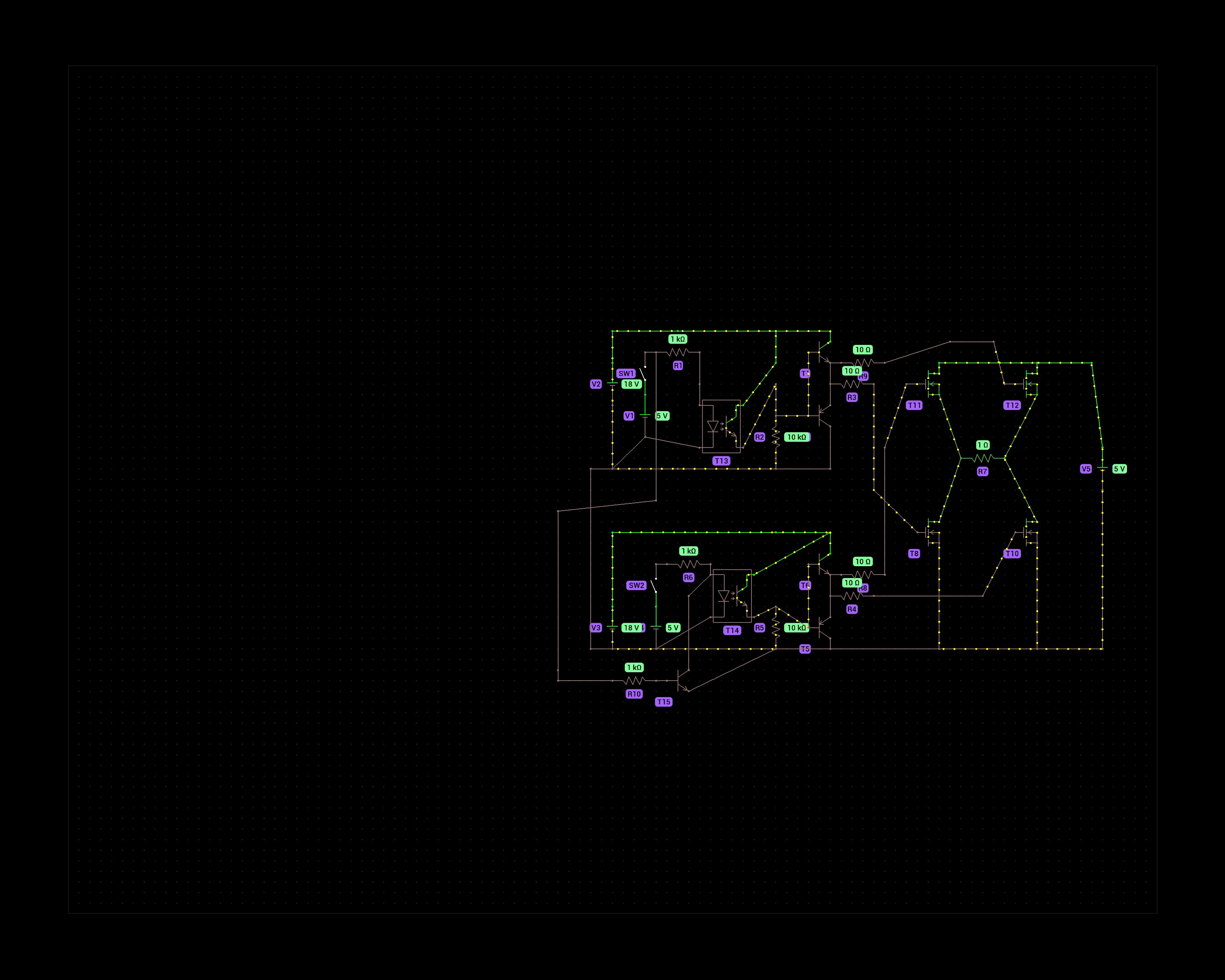this post was submitted on 07 Aug 2024
17 points (100.0% liked)
Ask Electronics
3307 readers
12 users here now
For questions about component-level electronic circuits, tools and equipment.
Rules
1: Be nice.
2: Be on-topic (eg: Electronic, not electrical).
3: No commercial stuff, buying, selling or valuations.
4: Be safe.
founded 1 year ago
MODERATORS
you are viewing a single comment's thread
view the rest of the comments
view the rest of the comments

DC motors have high inductance, meaning that the current going over it will resist to change. When you turn off a pair of nmos, current will likely start flowing over the the other pair, from source to drain. Depending on the spec of your nmos, you may consider using diodes in parallel to nmos to carry this current. Obviously these diodes should be reverse biased during normal operation.